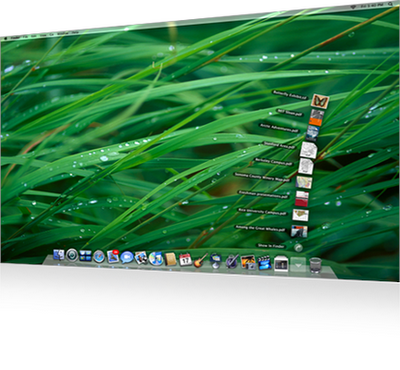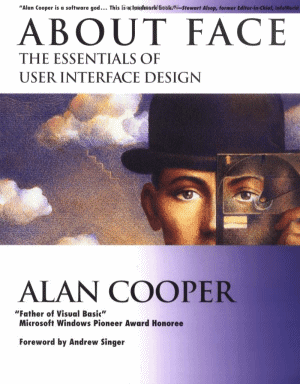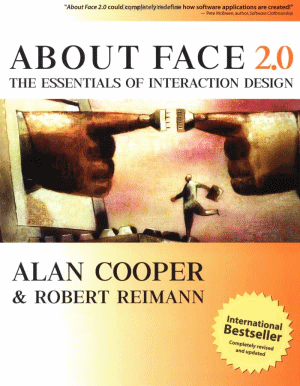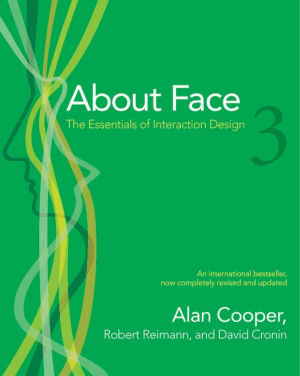
One day of
Leopard and Tiger feels a bit
incomplete. As every one else I expected big updates in Leopard. I expected more than
Time machine, Core Animation, Spaces and Stacks. Why, what more do you want? To be honest I don't even know
what I
want more. More eye candy? I think not! My OS needs to be clear, clean, fast and I don't want it getting in my way when I work.
So I got my version of leopard and starting to play with it. My first impression was o.., wow Tiger with more nifty
feathers,
that's great, but not that big of a deal. I decided to use it for a day as my work machine just to see how it feels, doing regular
stuff.
Because I had some trouble with my airport and
bluetooth I decided switch back to tiger and wait for the final release in
October, of course still using leopard for testing my
appz.
Ones back at Tiger I
immediately felt
something was missing. I
didn't quite know what it was, so again I switch back to Leopard and looked at the
OS more closely. And than it stroke me. Leopard is really the big upgrade I wanted It to be.
Is not the new Time Machine (
which is great) or
Quicklook (
which is even greater), Its the details. The Attention to details is what makes leopard
really stand out. It's
really amazing the
keynote didn't pay attention to the small improvements ...than again nobody would have taken
jobs seriously. You have to experience it for your self.
Apple
has done a great job removing clutter and made options better accessible. Security and sharing are just easy, I mean easy, easy.
Apple uses subtle animation, we know from cartoon's (stretch and shrink) that give even better feedback of what we are doing.
So is Leopard the Vista Killer, jobs promised us it would be?If Tiger not already was, Leopard is so much more than fancy eye candy. It's functionality that makes Leopard so much more than Vista. It's as if Apple isn't thinking different, but Microsoft is thinking complicated.
 I build the blog from the ground up, improving and removing elements that I didn't like in blogger and wordpress and using the ones I like (mostly noticeable in the back end). Currently working on a widget, mobile and a iphone version of the blog.
I build the blog from the ground up, improving and removing elements that I didn't like in blogger and wordpress and using the ones I like (mostly noticeable in the back end). Currently working on a widget, mobile and a iphone version of the blog.













